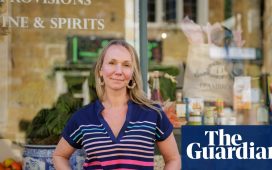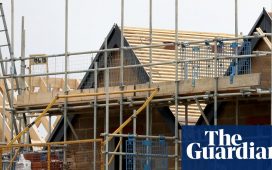Last month Pedro Sánchez, the Spanish prime minister, dropped a grenade that has had reverberations around western Europe. First he announced plans for a 100 per cent tax on homes purchased by non-resident non-EU buyers; then, a week later, he suggested such buyers might be banned altogether.
Faced with a population angry about housing shortages and Airbnb lets, Sánchez accuses second-home buyers of purchasing “not to live in, not for their families to live, but primarily to speculate, just to make money”.
While many doubt that such a tax rise (or ban) will happen, his claim that non-EU buyers, led by Britons and Americans, are speculating on inner-city housing is wide of the mark, argues Mark Stücklin of the market analyst Spanish Property Insight. “[Buyers] are long-term second-home purchasers in coastal holiday areas and retirement homes, not short-term profiteers.” Regardless, anti-second-home sentiment is full blooded.
Sánchez’s statement comes after a growing number of demonstrations in western European tourist hotspots. In Spain the banners have read “Your Airbnb used to be my home”; in Portuguese cities such as Lisbon, “Our neighbourhoods are not your business” and, in the UK Lake District, “F*** your second homes” stickers.
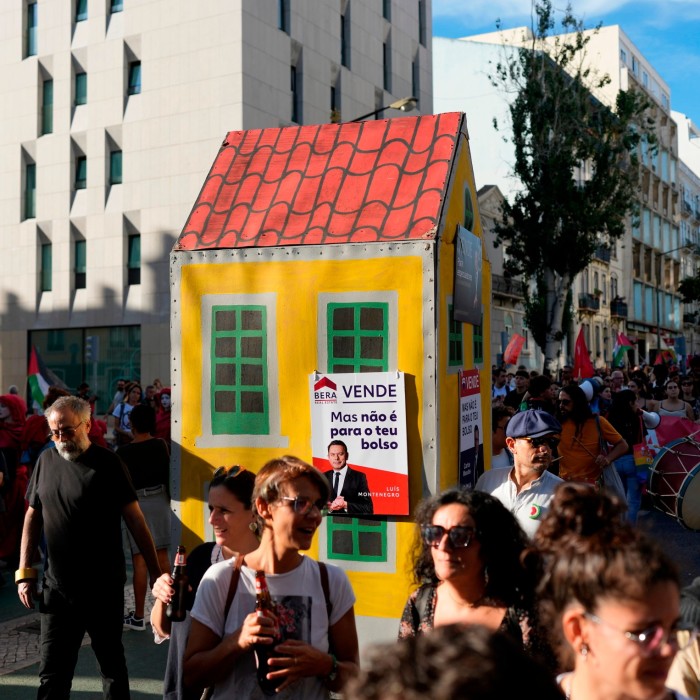

Across Europe, different interventions are being introduced to limit second-home ownership — or some of the negative impacts at least. Still, the messaging — often complicated by the benefits of tourism and “golden visas” — is conflicted. Despite the protests and restrictions, buyers are still seeking second homes. And none of the interventions introduced so far have proved to be a silver bullet that reconciles the desires of homeowners with the needs of local communities. But both buyers and business models are adapting and changing.
In the face of local hostility and increasing costs, what are the options for those wanting to own a property in Europe?
Second-home ownership has been gathering pace since the prosperous postwar years and the age of low-cost air travel. But this century it has reached unprecedented levels. In 2014, a European Central Bank survey on property ownership revealed that in the EU, 15 per cent of households are secondary property owners. This rises to more than 20 per cent in Finland, Luxemburg, Cyprus, Spain and Estonia.
In the UK, the number of second-home owners doubled between 2001 and 2019, according to the Resolution Foundation, a think-tank. Even Brexit — and the 90-day rule, whereby British property owners can spend no more than 90 days out of 180 in the EU — did not kill off the British appetite for a home in Europe, though it did take the edge off. In 2021-22, 809,000 households in England owned a second home inside or outside the UK, an increase of 13 per cent over the previous decade, according to the English Housing Survey. Forty per cent of these were outside the UK, a drop of 44,000 homes, over the decade.
The rise in golden visa schemes — largely introduced in 2013-14 — offering non-EU investors the chance to acquire residency permits throughout Europe supercharged the trend, especially in Portugal, Spain and Greece. During 2023 Greece handed out the highest number of golden visas in Europe: 7,752, according to the Greek government.

And the post-pandemic rise of digital mobility has given new life to the second home — in a morphed form. We now have what’s nattily called the “co-primary”, according to Paddy Dring, global head of prime sales at Knight Frank — one that is similar in size and quality to the primary home, and where time is split almost equally.
As well as driving up local house prices, seasonal occupancy has led to “cold beds” and “ghost towns” on the one hand. On the other, boundaries have become blurred between second homes for personal use and rental investments. Charles Cramailh of Leggett Property Management says, “In 2019 there were 500,000 listings on Airbnb in France. At the end of 2024 there were over 1mn,” fuelling the flames of overtourism and affecting the rental market for locals.
Many countries — including Portugal, Greece and, shortly, Spain — have since stopped or limited their golden visa schemes. More still are raising taxes, a measure long adopted in countries including Italy and France, and due to come into effect in England, Scotland and Wales from April. Welsh councils have already been increasing council tax on second homes but this has limited impact at the high end of the market, argues Carol Peett of West Wales Property Finders, a buying agent: “A few thousand extra in council tax is not deterring those buyers.”
Cities around Europe — including Paris, Berlin, Rome, Barcelona, Amsterdam, Vienna, Florence and London — have also been restricting holiday lets. Others have been restricting new-builds for second homes. In 2012, the Swiss voted in a national referendum to ban the building of new second homes in ski resorts where there were more than 20 per cent holiday homes, to preserve the traditional ambience of the villages. “Pre-referendum propaganda blamed foreigners for leaving their second homes empty,” says Simon Malster of Alpine agent Investors in Property.
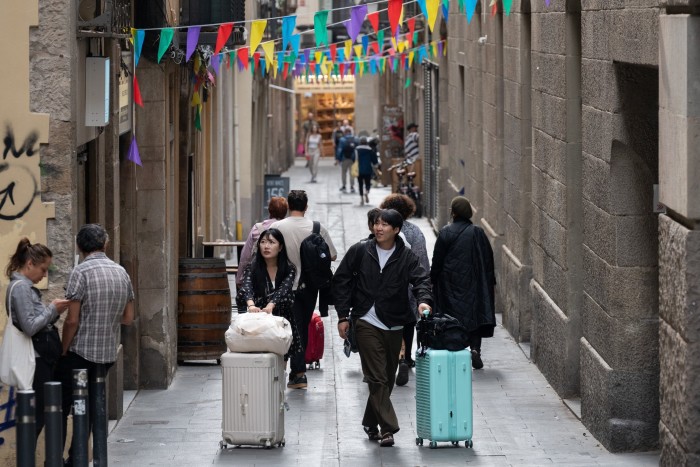
The price of second homes increased and developers responded to the ban by building regulation-compliant schemes where owners legally have to rent out their apartments. (At the same time, this satisfied a growing appetite from some buyers to cover the increasing costs of owning a secondary home.) These include managed apartments with shared amenities, often run by hotel brands, which are now found across Alpine ski resorts and southern European cities and coasts. Among recent openings have been the W Residences Algarve, Six Senses Residences in the Swiss resort of Crans-Montana and the Mandarin Oriental in Madrid.
Keenly aware of the underused family ski chalet in Crans-Montana, software company chief executive Rudolf Philipse deliberately chose a holiday home in a resort that would rent it out for him when he wasn’t using it. In 2021 he bought an apartment at the Viceroy Residences in the Algarvian resort of Ombria, which he uses for 10 weeks per year and receives a 5 per cent yield on income. “It is a more efficient way to own a home. So many other places become ghost towns.”
Branded residences in Europe command a 30 per cent premium, according to Savills, and putting your property in the rental pool can be obligatory or optional, and annual management fees can be hefty — some are £10,000 a year. Buyers like Philipse say that they like the reassurance of an established brand being associated with a scheme’s management.

But the model does not suit everyone. “Most buyers at the top end — spending over €1.5mn — do not want to rent out their apartments,” says Giles Gale of Alpine Property Finders. Others have found issues with the way they are run. “A managed rental scheme is only as good as the management,” cautions one former owner, in Salzburgland, Austria. “It was not the hands-off, hassle-free second home we expected.”
Alongside the growth of schemes that limit owners’ periods of use to keep “warm beds”, various forms of co-ownership have grown in popularity — some of their potential appeal is in their ability to satisfy demand while reducing the increase in number of second homes by virtue of a large number of buyers sharing a smaller number of properties. But that road has been bumpy.
Fractional ownership — where multiple owners buy a property together — took off in the US in the 1990s. Real estate companies and developers formalising such co-ownership by offering properties they would manage on behalf of a collection of owners felt the natural next step; it was well-suited to the US with their short holidays, but slower to gain traction in Europe.
And who could forget the frenzy over timeshares, the buying of time rather than a stake in the equity of a property, that blew up into colourful mis-selling scandals and owners stuck with “time” they couldn’t spend or sell on? Spain particularly was in the line of fire.
New co-ownership schemes in the early 2000s strove to differentiate themselves — and these seem to be having a resurgence. Danish company 21-5 was set up in 2010 by Anders Køj, born from the experiment of having five homes owned between 21 families. Prospective owners’ preferred locations are agreed before the company buys properties on behalf of the “owner association” and each gets 12 weeks’ usage a year. The average value of one of the five homes in a collection is €1.8mn, but a share of a cluster of such properties — each typically three to four bedrooms — is €445,000.
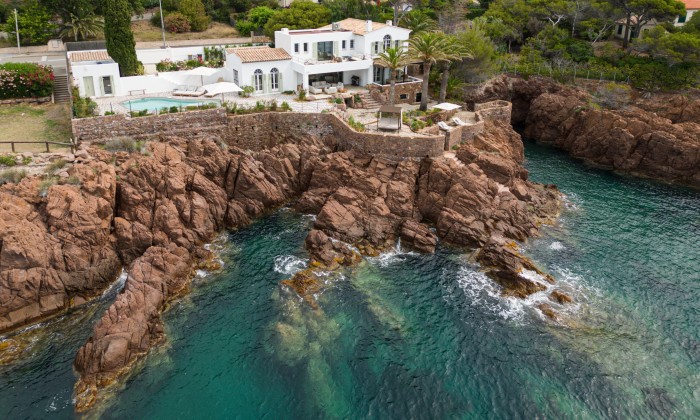
The scheme has grown to some 1,300 owners and 300 homes, mainly across southern Europe and New York. “At first we were fighting the ghosts of timeshare [scandals] so growth was slow. But now we are seeing interest from German, Dutch and UK buyers [for the model] as well as from Danes,” says Køj. Some 100 owners have already sold their shares — at an average 50 per cent profit, according to Køj. While some have done this and then returned to the scheme, many others intend to pass their share to their children as part of their inheritance.
These schemes require co-owners to be flexible, so typically attract mid-lifers whose time has been freed up by children leaving home, says Mélie Dunod, Parisian founder of August, a scheme set up in 2019. It sells “collections” of homes — including villas in Mallorca, hilltop farmhouses in Tuscany, ski chalets in Chamonix, cottages in the Cotswolds and pieds à terre in Paris — with prices from €405,000 for a share that enables owners to spend eight to 17 weeks in the properties in their collection: annual fees are from €11,500. The homes are purchased when August has the buyers lined up, and then renovated. Five homes are usually shared between around 20 owners.
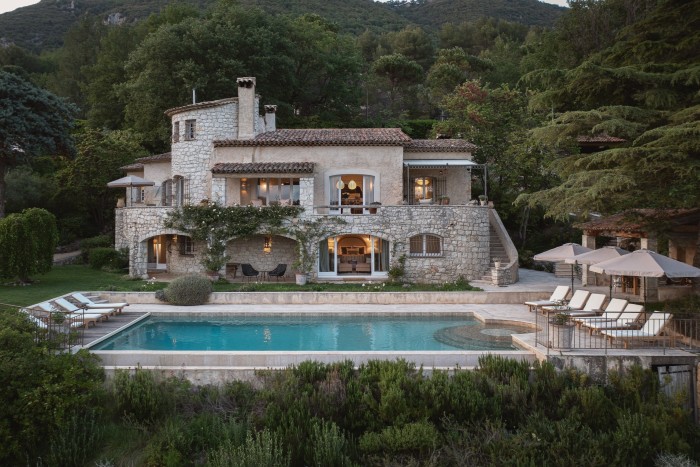
This quintet of locations drew Linda and Dan Hearne, Americans based in London, because they were put off by the restrictions and regulations of buying a home by themselves in Mallorca. They spend 12-16 weeks a year between their five homes, often with their grown-up children. “We feel a connection with each place, which we wouldn’t do if we just rented villas,” says Linda, a retired financier. Yet she admits they need a “back-up plan” if they miss out on bagging the week they want.
Unlike other schemes, August doesn’t offer owners points or swap rights to other properties in the portfolio. “The sense of ownership disappears when that happens,” says Dunod. The company has grown to 400 owners (mostly British and American) and 80 properties. She believes it’s a way of ensuring existing housing stock is better used.
Its model differs from Pacaso, a Californian start-up that achieved unicorn status (valuation of $1bn) after its launch in 2020. Started by former Zillow executives Austin Allison and Spencer Rascoff, this fractional ownership started with selling eight shares of a two-bedroom home in Napa Valley and has expanded to 1,500 owners, with properties in California, Aspen, Vail, Miami and Charleston. Ninety per cent of the owners are American and the average price is $700,000 for a one-eighth share.
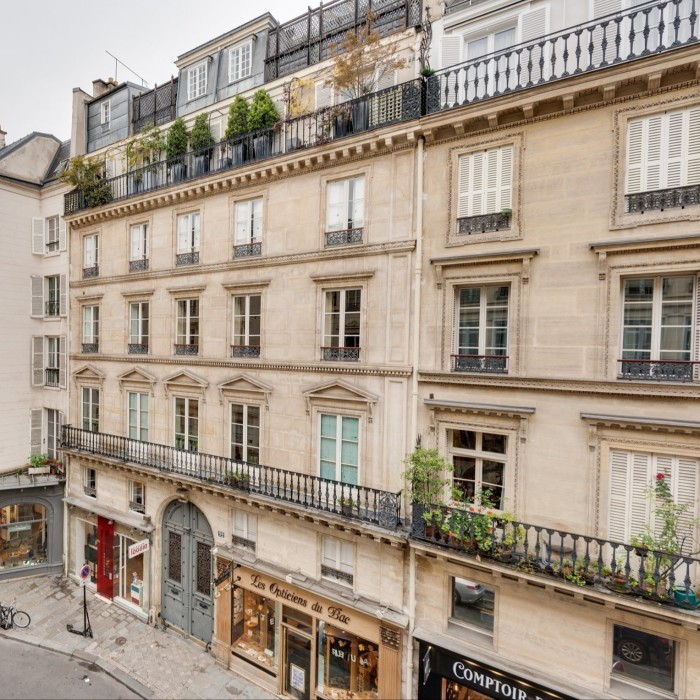
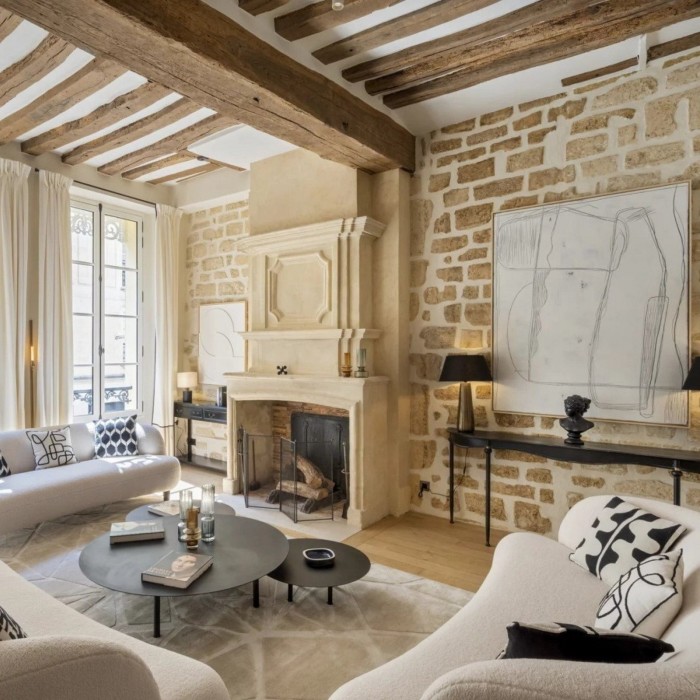
Yet expansion into Europe hasn’t been straightforward. Pacaso launched a five-bedroom villa in Marbella in 2022, then withdrew it from the co-ownership model. It is now trying again with three properties in Paris and four in London.
The co-ownership model is not free from local opposition either. The residents around one of Pacaso’s homes in St Helena, Napa Valley, feared their neighbourhood would be ruined by parties and loss of community. A resulting legal dispute between Pacaso and the city was settled with an agreement to limit the company’s number of properties in that area.
Problems caused by second homes need local solutions, says Professor Nick Gallent from the Bartlett School of Planning — not necessarily broad brushstroke policies like the ones Sánchez is suggesting. “Second homes tend to be a problem where housing supply is constrained. Their impact is determined by host market context . . . In some places they are a source of welcome investment.”
House & Home Unlocked

Don’t miss our weekly newsletter, an inspiring, informative edit of the news and trends in global property, interiors, architecture and gardens. Sign up here.
Clearly would-be second home owners need to take into consideration the housing supply landscape of the area they are considering, as well as new regulations. Local buying agents are increasingly helping navigate changing rules.
“We are seeing an incredible demand for homes which is pushing up prices. But buyers increasingly need to proceed with caution,” says Barbara Wood of buying agents The Property Finders in Spain, citing factors such as locations considering limits on rental properties.
Buying without on-the-ground knowledge led to issues for Mark, who was buying a second home in rural Catalonia, northern Spain. “Eventually, the sale fell through. We have bought in northern Tuscany instead. After the protests in Spain and the tax plans, we feel we made the right choice.”
Other second-home buyers in Spain are temporarily putting their plans on hold — or pivoting to alternatives. Sánchez’s proposals may or may not lead to legislation, but they are an expression of the urgency with which buyers need to seek alternative methods and models. No one answer seems the solution. But perhaps acknowledgment of the need for change is a start.
Find out about our latest stories first — follow @ft_houseandhome on Instagram



